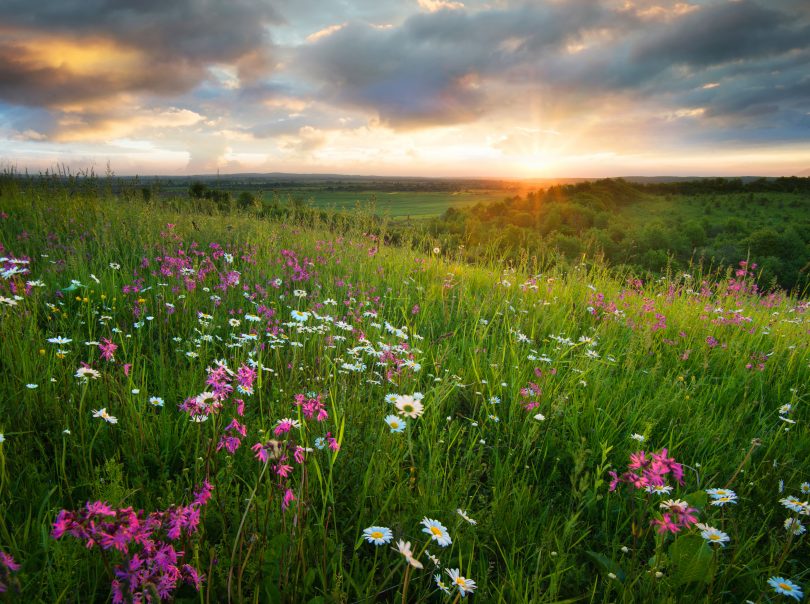Some of my favorite lines of poetry always seem to pop into my head this time of year, when the temperatures are starting to warm and spring is so close you can just taste it.
Oh wind, if winter comes, can spring be far behind?” — Percy Bysshe Shelley
The year’s at the spring, and day’s at the morn.” — Robert Browning
Keep us here all simply in the springing of the year.” — Robert Frost
And of course, there’s the silly children’s rhyme:
“Spring has sprung, the grass is riz. I wonder where the flowers iz?”
Spring officially arrives with the March 20th vernal equinox. The groundhogs — both Punxsutawney Phil in Pennsylvania and our own Chesapeake Chuck at the Virginia Living Museum in Newport News — sealed the deal Feb. 2nd when they didn’t see their shadows, therefore predicting an early spring.
This yearly tradition has its roots in an old English folk song — a poem, if you will — about the day when people would bring candles to church to have them blessed. Candlemas Day is said to have early origins in the pagan celebration of Imbolc, which recognizes the arrival of spring midway between winter solstice and the spring equinox.
“If Candlemas be fair and bright,
Come, Winter, have another flight;
If Candlemas brings clouds and rain,
Go Winter, and come not again.”
Germans later playfully added an animal to the Candlemas prediction, and as those immigrants settled in the United States, so did their folklore — although a groundhog was substituted for the original badger in Germany. Groundhog Day has been celebrated since 1886: When the groundhog emerges from his burrow after a long winter’s sleep and sees his shadow, it’s an omen for six more weeks of winter weather and he goes back into his hole. If he doesn’t see his shadow, he takes it as a sign of spring and stays above ground.
A odd and inaccurate tradition, perhaps — Phil’s only been right about 39 percent of the time — but it’s all in good fun. The first day of spring will arrive on March 20th this year no matter what the groundhog said, and considering the mild winter we’ve had in southeastern Virginia, it certainly seems possible that spring weather will be here, too.
Daffodils are already poking out of the dirt. It won’t be long before the trees begin budding, the flowers bloom and lush spring foliage “bursts up in bonfires green,” as D. H. Lawrence wrote in his poem, “The Enkindled Spring.” And then we will finally be, as poet Robert Louis Stevenson described it, “in the green and gallant Spring.”

